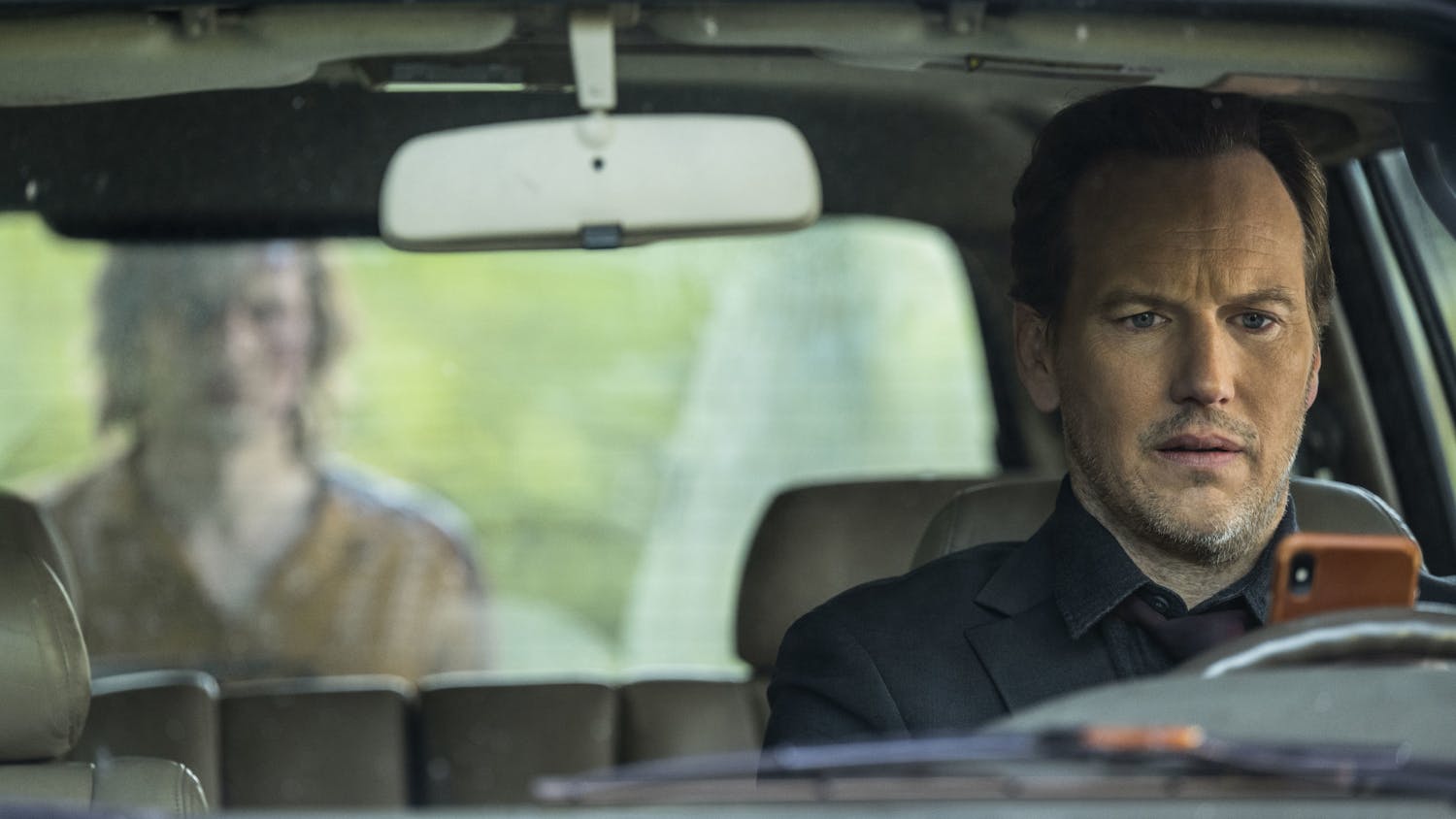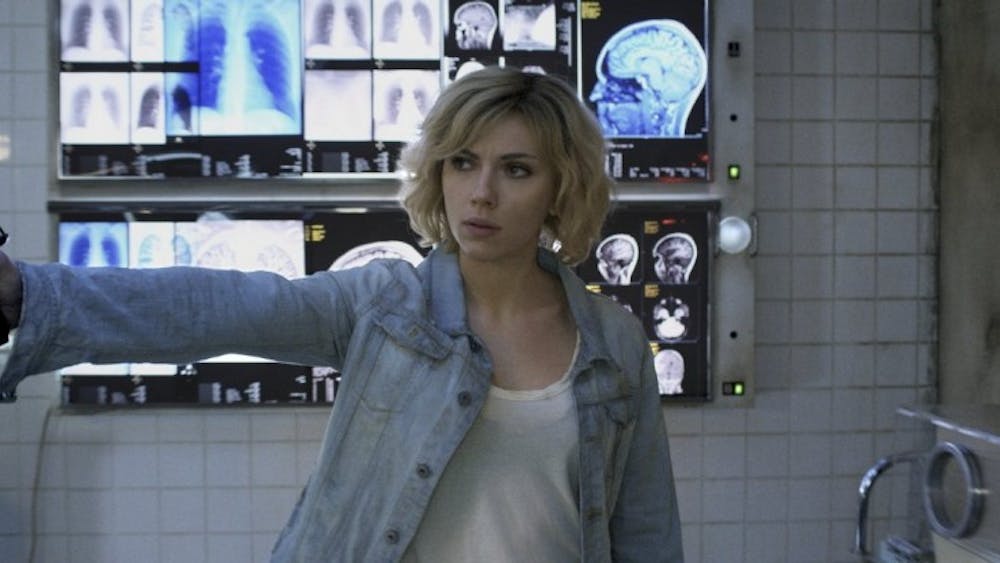As any literature professor will tell you, the work of William Shakespeare is still read and renowned not only because of the Bard's gift of the written word in his own era, but also because the themes prevalent in almost all of his works still apply to society and human behavior today.\nFor the first 100 or so years after "The Merchant of Venice" was written, its central character Shylock was played by most actors as a two-dimensional villain. He was interpreted as an evil man, bloodthirsty and immoral. But for the first time in the sound era of film, Michael Radford has not only adapted a version of the play that clearly focuses on Shakespeare's intricate character detail but also presents to the viewer a completely new interpretation of the story.\nThe story centers on a venomous dispute between Shylock (Al Pacino), a Jewish money-lender in Venice, and Antonio (Jeremy Irons), the merchant of the play's title. In this era, anti-Semitism was rampant in Venice, and this theme plays prominently into the plot. After Antonio disrespects Shylock, he has the gall to ask him for a loan to finance his young friend Bassanio's (Joseph Fiennes) trip to Belmont to court the wealthy Portia (Lynn Collins) whom he intends to marry. But Antonio misjudges Shylock's contempt for him and when Shylock tells him he doesn't have to pay interest on the loan as long as he agrees to give him a pound of his flesh if he defaults, Antonio takes it as a joke and agrees to the terms. Inevitably, Antonio's ships are lost at sea and Shylock takes him to court, insisting that he pay his debt. \nRadford is a skilled director and screenwriter, not only faithful to Shakespeare's original work in most respects, but artful enough to make the project his own. The viewer will also be struck by the almost breathtaking attention to detail by art director Jon Bunker and the picturesque cinematography by Benoît Delhomme. The film captures the beauty of the era with all the varying tones and lucidity of a Renaissance painting. \nThe real achievement in this film is Radford's ability to weave rich imagery with extraordinary performances. Never does the richness of the film's technical detail or photography overshadow Shakespeare's dialogue or the standout performances by Pacino and Irons. Here, Irons finds a new level of intimacy with the screen in a multi-layered performance. However, Pacino's performance is the reason to see this film. Even if you've never been a fan of his previous work, his portrayal of the classic character will astound anyone who generally associates him with the tough-talking Italian mobster he has repeatedly portrayed in his career.
Pacino, Irons perfect in 'Merchant'
Get stories like this in your inbox
Subscribe





